Imagine a world where tiny flies have discovered the perfect babysitting service, and it comes with a hard shell and a slimy trail. While most people think of flies as simple, buzzing nuisances, some species have evolved one of nature’s most ingenious parenting strategies. These remarkable insects have turned unsuspecting snails into mobile nurseries, creating a biological partnership that’s both fascinating and slightly unsettling.
The Shocking Reality of Parasitic Fly Behavior
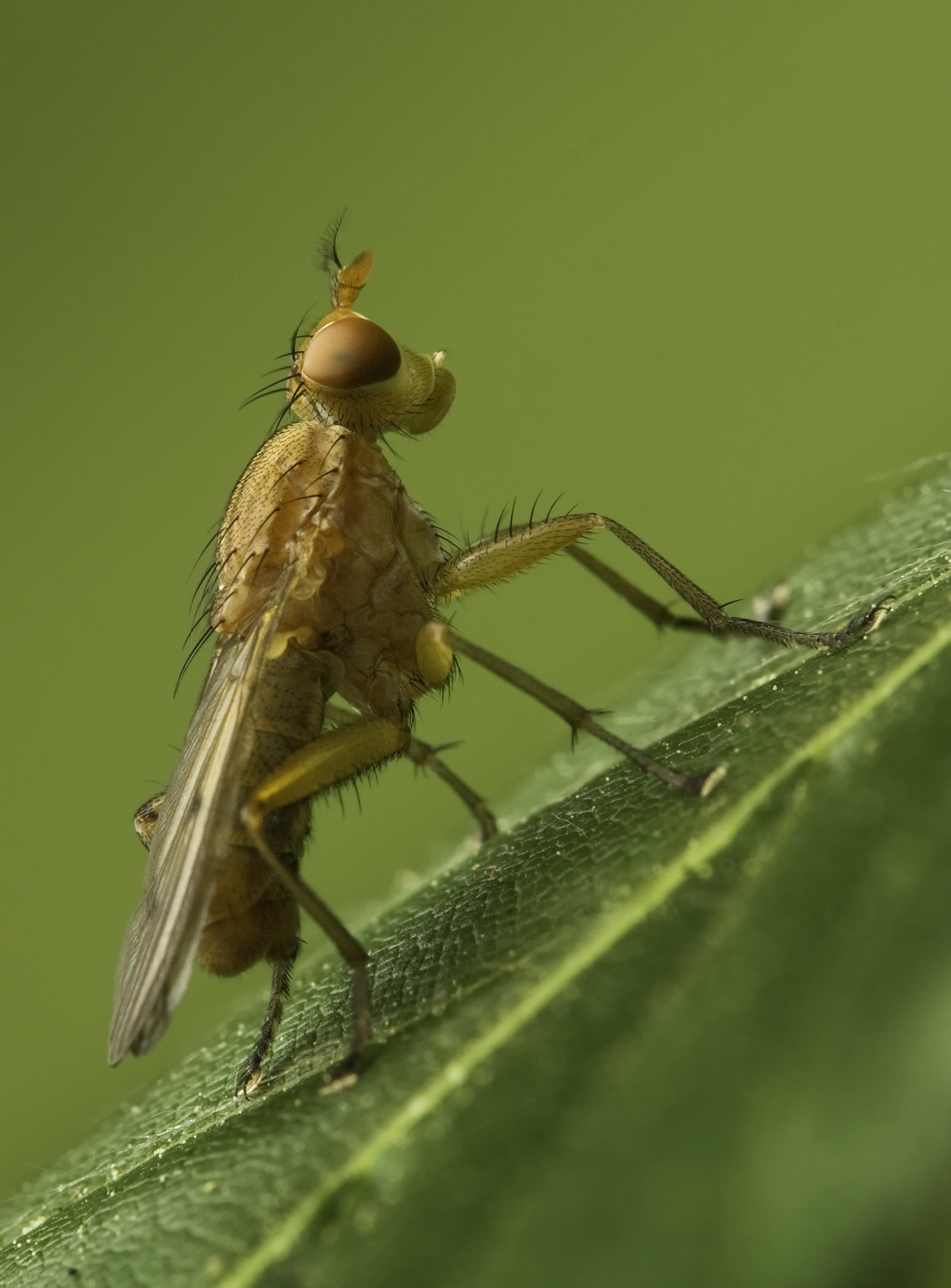
The relationship between certain fly species and snails isn’t just casual – it’s a matter of life and death. These flies have evolved to exploit snails in ways that would make any horror movie director jealous. The female flies inject their eggs directly into the snail’s soft tissue, turning the gastropod into a living incubator.
What makes this behavior truly remarkable is the precision involved. The flies don’t just randomly attack any snail they encounter. Instead, they’ve developed sophisticated targeting mechanisms to identify the perfect host. This level of biological specialization took millions of years to develop, and it’s still happening today in gardens and forests around the world.
Meet the Sciomyzidae Family

The Sciomyzidae family, commonly known as marsh flies or snail-killing flies, represents the primary group of insects that have mastered this unusual reproductive strategy. These flies look deceptively ordinary, with their modest brown and gray coloring helping them blend into their surroundings. But don’t let their appearance fool you – they’re highly specialized predators.
There are over 500 species within this family, and each has developed its own unique approach to snail parasitism. Some species target specific snail species, while others are more opportunistic. The diversity within this family shows just how successful this evolutionary strategy has become. From tiny flies no bigger than a grain of rice to larger species with distinctive wing patterns, the Sciomyzidae family proves that size doesn’t determine effectiveness.
The Intricate Process of Egg Laying
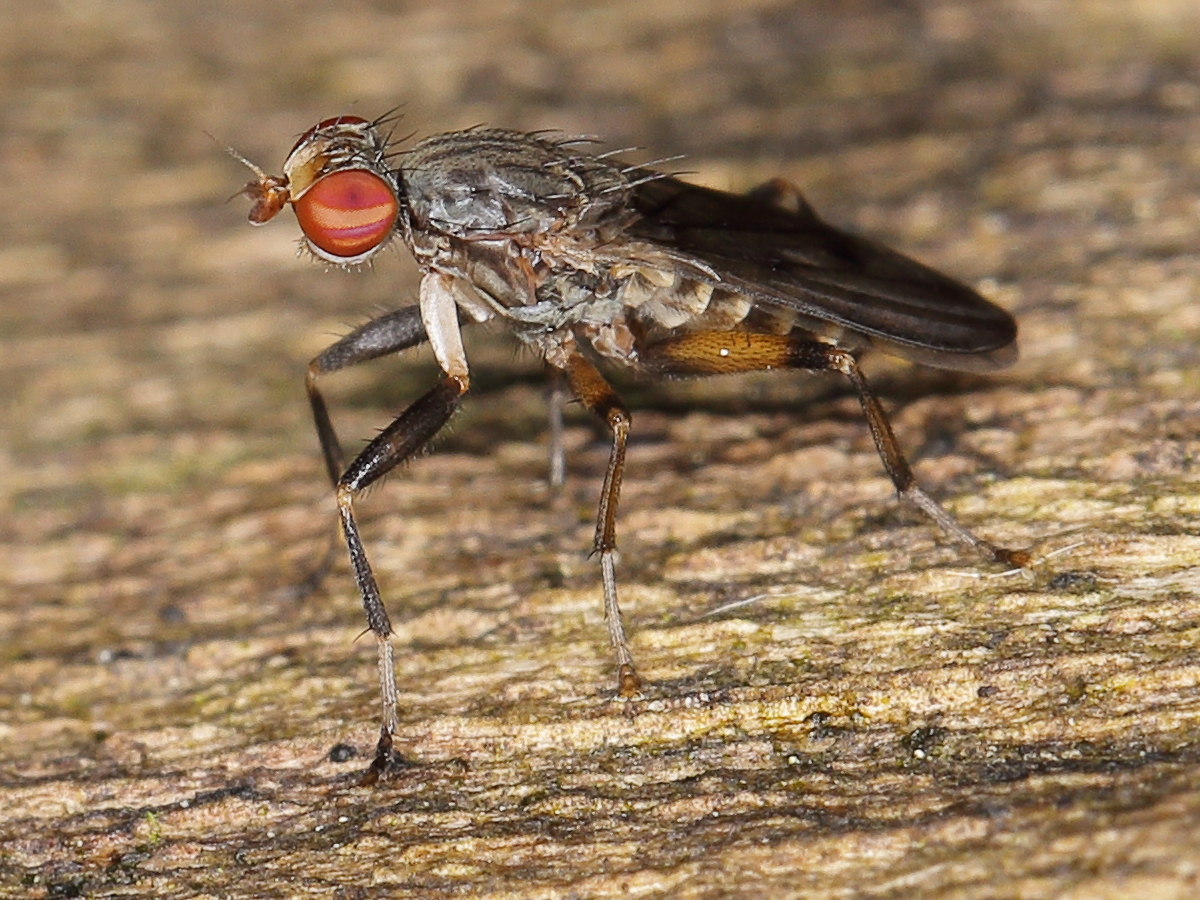
When a female fly locates a suitable snail host, she begins one of nature’s most precise surgical procedures. Using her sharp ovipositor, she carefully penetrates the snail’s shell or soft tissue. The process requires incredible accuracy – too deep and she might damage vital organs, too shallow and the eggs won’t survive.
The timing of this process is crucial. Female flies often wait for optimal conditions, such as high humidity or specific temperatures, before attempting to lay their eggs. This ensures the highest survival rate for their offspring. Some species even inject a cocktail of enzymes along with their eggs, helping to prepare the host environment for the developing larvae.
How Snails React to Their Unwanted Guests
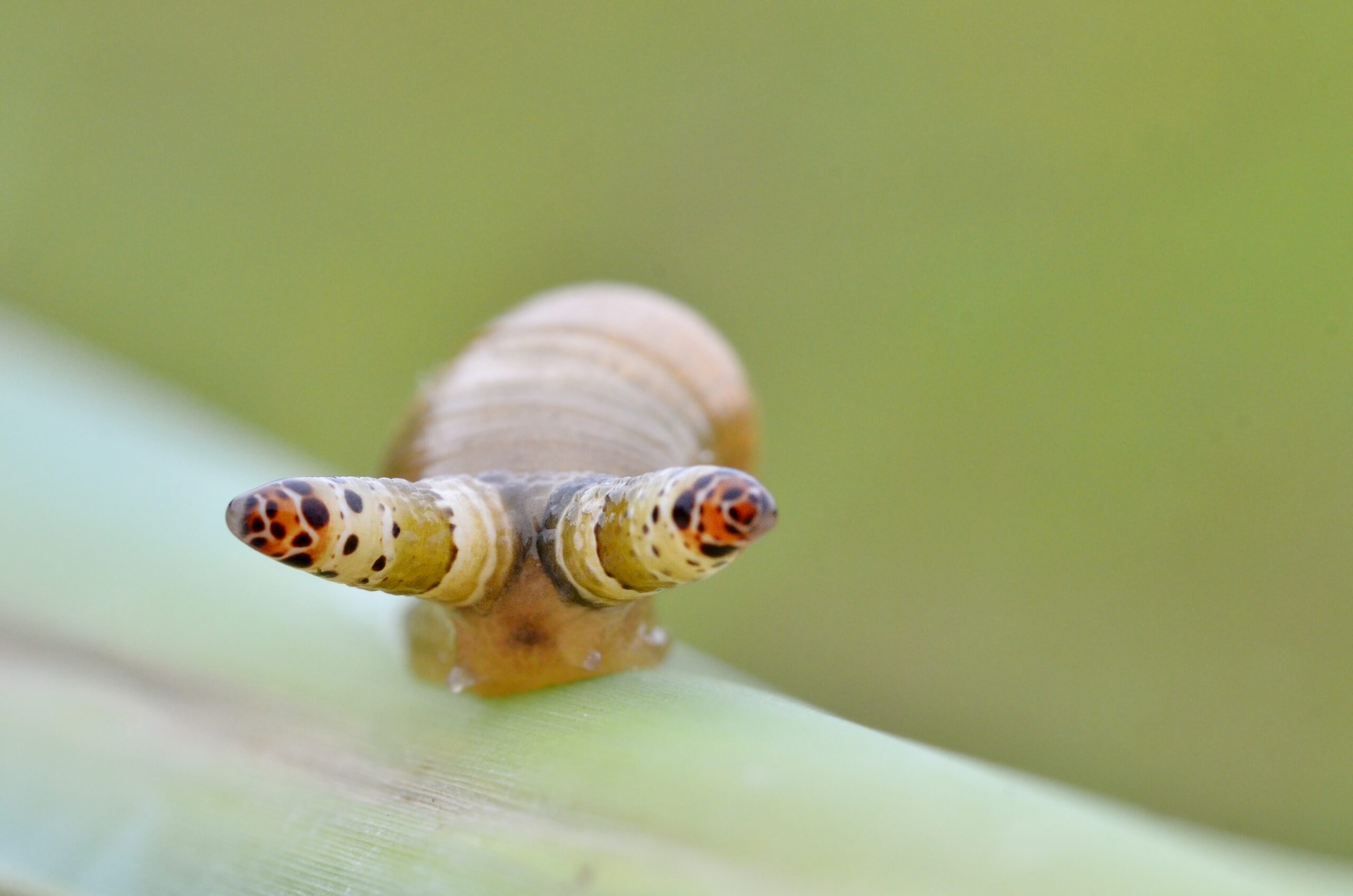
Snails aren’t passive victims in this relationship. Many species have developed defensive mechanisms to protect themselves from parasitic flies. Some can detect the approaching fly and retreat deeper into their shells, while others produce extra mucus to make penetration more difficult.
Interestingly, some snail species have evolved behavioral changes when infected. They may become more active or change their feeding patterns, inadvertently helping the fly larvae by providing better nutrition. This manipulation of host behavior is a common strategy among parasites and shows the complex evolutionary arms race between these species.
The Larval Development Stage
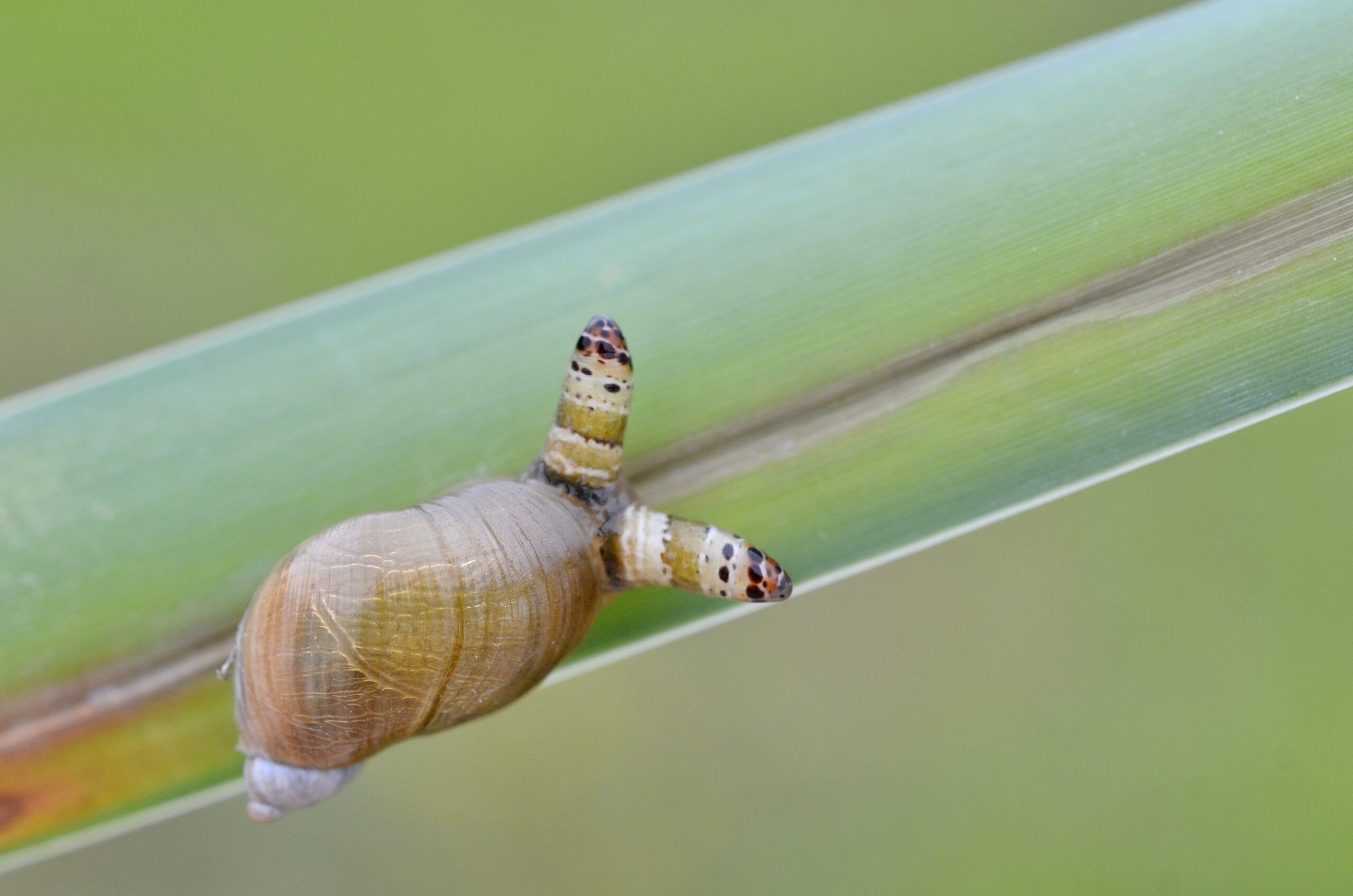
Once inside the snail, the fly eggs hatch into larvae that begin their remarkable transformation. These larvae are perfectly adapted to their unusual environment, with specialized feeding structures that allow them to consume snail tissue without immediately killing their host. It’s a delicate balance – they need to grow and develop while keeping their mobile home alive.
The larval stage can last anywhere from a few days to several weeks, depending on the species and environmental conditions. During this time, the larvae undergo several molts, growing larger and more developed with each stage. The snail continues its normal activities, often unaware of the dramatic changes happening inside its body.
The Emergence of Adult Flies
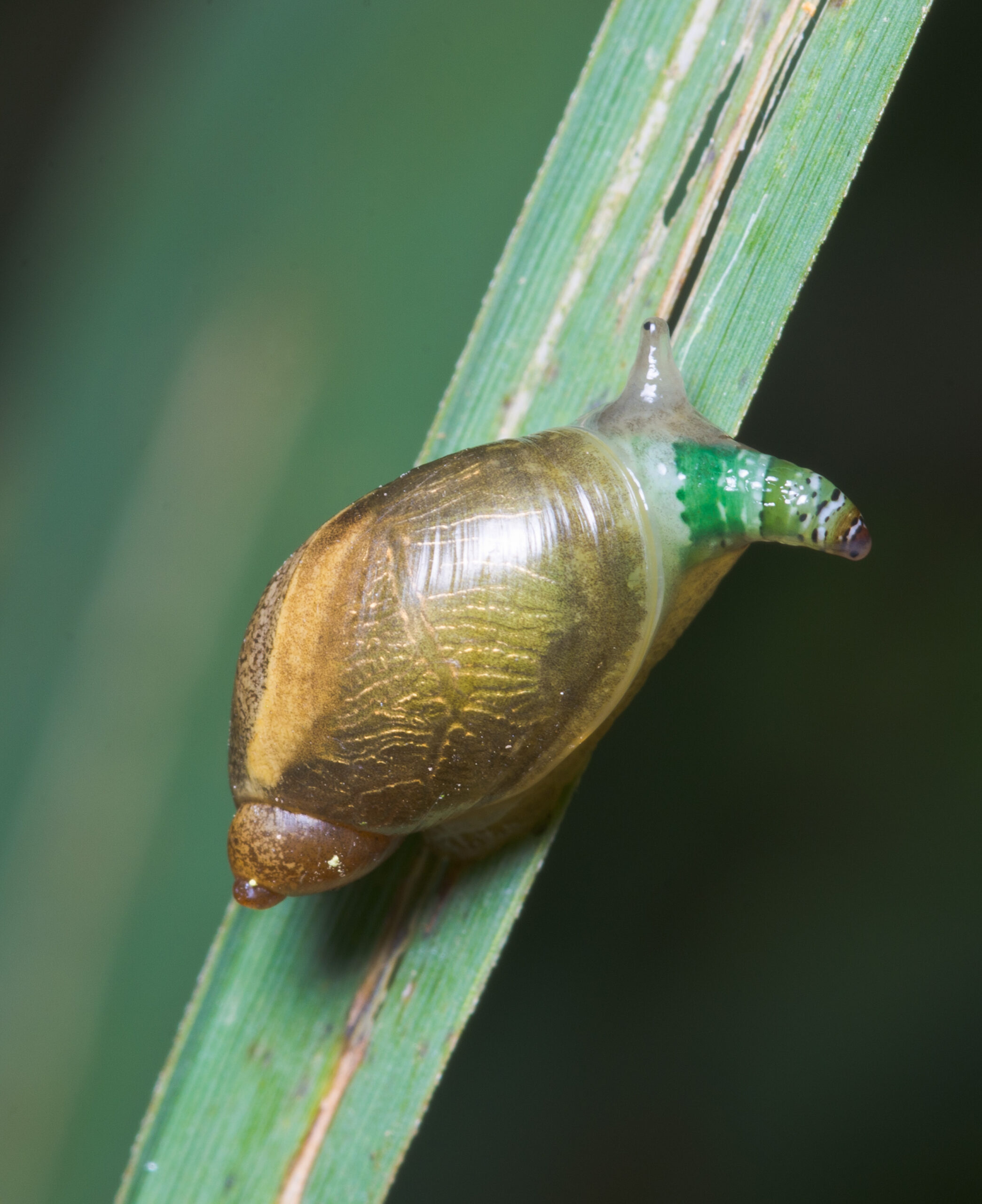
The most dramatic moment in this cycle occurs when the adult flies are ready to emerge. In many cases, the fly larvae have been feeding on non-vital tissues, allowing the snail to survive until this point. However, emergence often proves fatal for the host, as the adult flies must break through the snail’s shell or body to reach the outside world.
Some species have evolved more sophisticated emergence strategies. Certain flies create small exit holes that allow them to escape while giving the snail a chance to survive and recover. This approach ensures that host snails remain available for future generations of flies, creating a more sustainable parasitic relationship.
Geographic Distribution and Habitat Preferences
These fascinating flies can be found on every continent except Antarctica, with the highest diversity occurring in temperate and tropical regions. They’re particularly common in wetland areas, where both flies and snails thrive in the moist conditions. However, many species have adapted to drier environments, following their snail hosts into gardens, forests, and even urban areas.
Climate change is affecting the distribution of these species, with some expanding their range as temperatures rise and precipitation patterns shift. This has led to new encounters between fly and snail species that had never interacted before, potentially creating new parasitic relationships. Researchers are closely monitoring these changes to understand how ecosystem dynamics might shift in response.
The Role of Chemical Communication
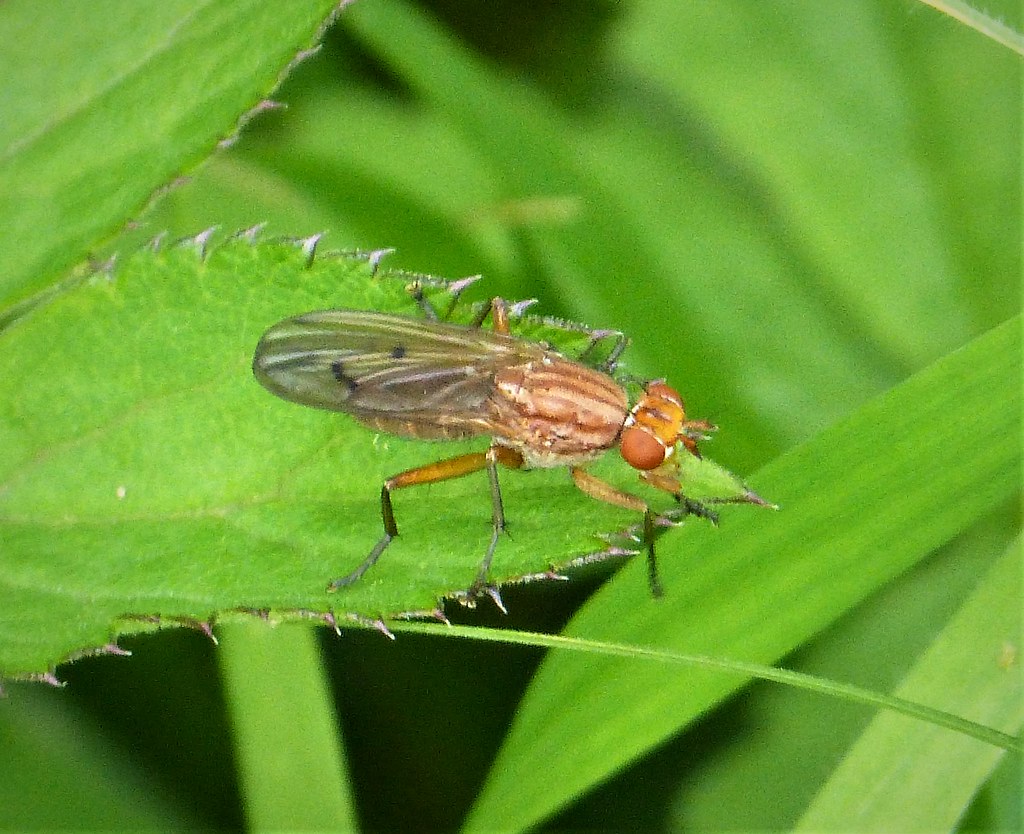
The success of parasitic flies depends heavily on their ability to locate suitable snail hosts, and chemical communication plays a crucial role in this process. Many flies can detect specific pheromones or chemical signatures produced by their target snail species. This chemical detection system is so sophisticated that some flies can distinguish between healthy and already-infected snails.
Snails also use chemical communication to warn other snails of danger. When a snail is attacked by a parasitic fly, it may release alarm pheromones that alert nearby snails to the threat. This chemical warning system represents an evolutionary response to the constant pressure from parasitic flies, showing how both species continue to adapt to each other’s strategies.
Ecological Impact and Biological Control
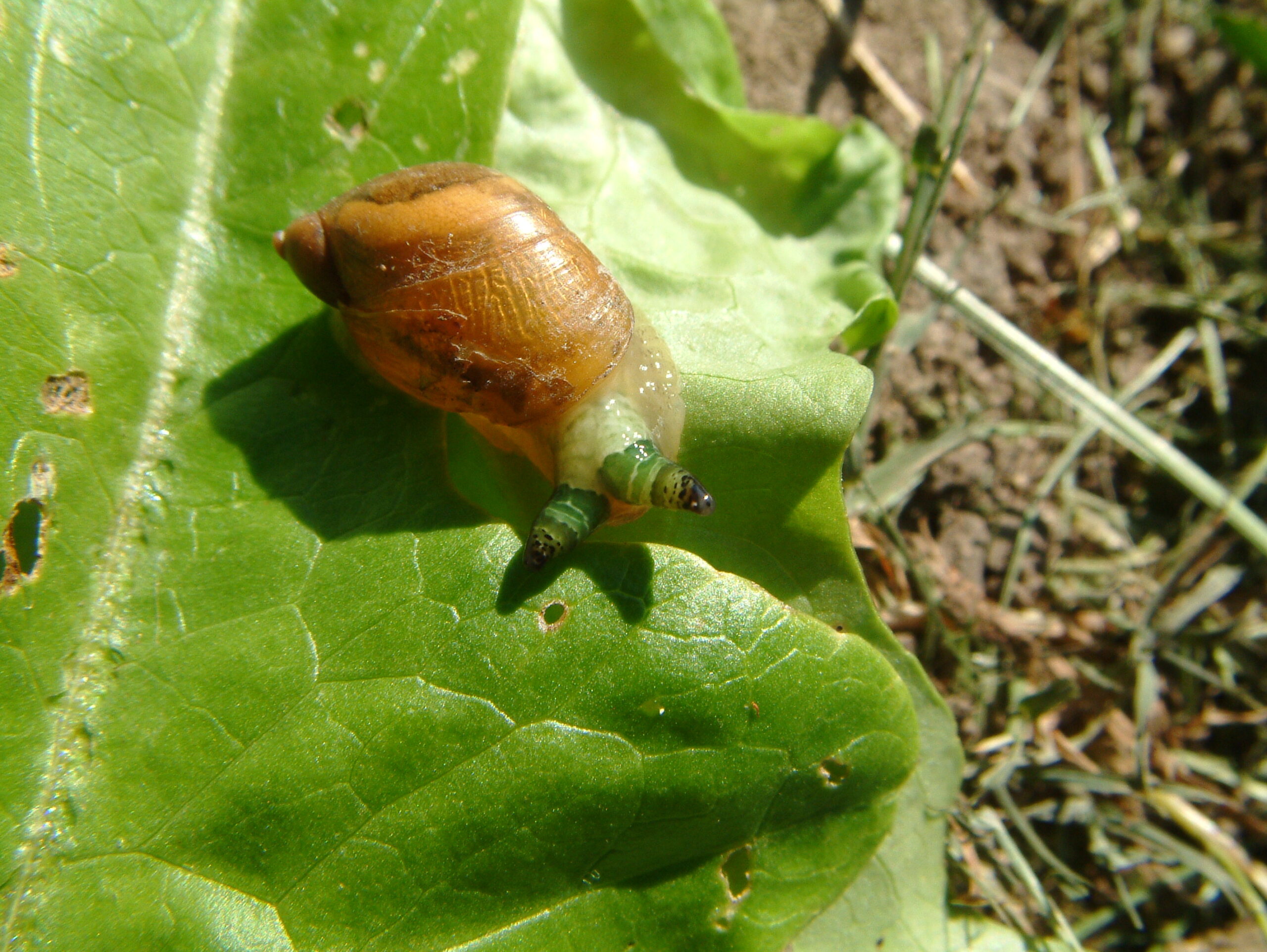
Parasitic flies serve as natural biological control agents, helping to regulate snail populations in many ecosystems. This relationship is particularly important in agricultural settings, where certain snail species can become serious pests. Farmers and researchers have begun to recognize the value of these flies as natural pest controllers, leading to conservation efforts aimed at protecting their habitats.
The ecological impact extends beyond simple predator-prey relationships. By controlling snail populations, these flies indirectly affect plant communities, soil health, and other animal species that depend on snails for food. This creates a complex web of interactions that demonstrates how seemingly small relationships can have far-reaching consequences throughout entire ecosystems.
Evolutionary Adaptations and Specializations
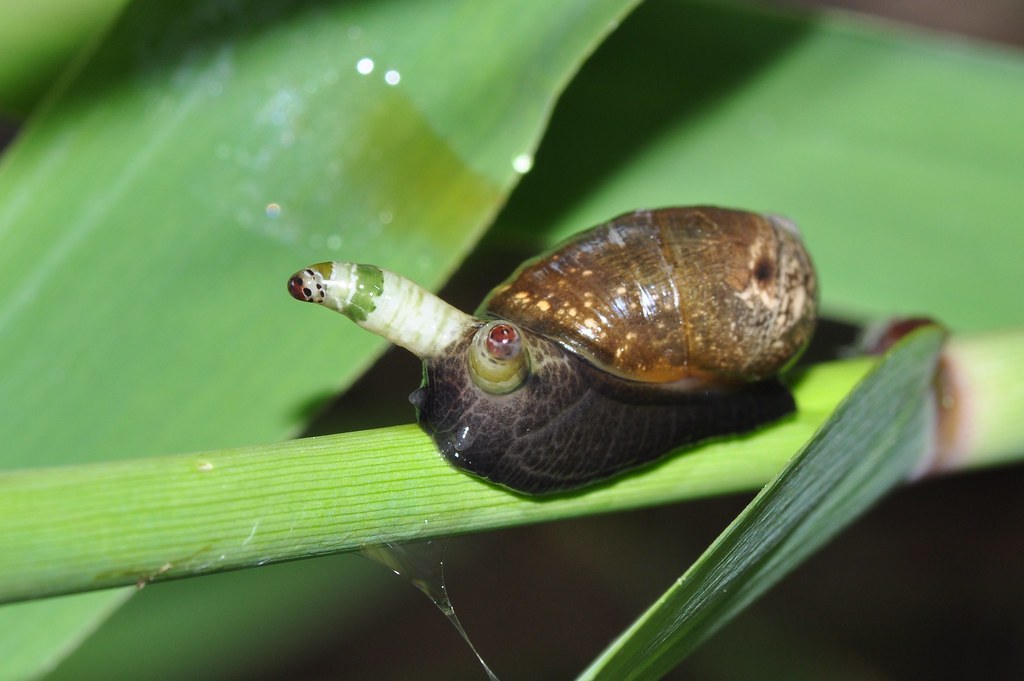
The evolutionary history of parasitic flies reveals a fascinating story of adaptation and specialization. Different species have evolved unique strategies for dealing with various snail defensive mechanisms. Some flies have developed stronger ovipositors to penetrate thicker shells, while others have become more agile to avoid snail defensive behaviors.
Co-evolution between flies and snails has led to an ongoing arms race, with each species developing new strategies to counter the other’s adaptations. This process has resulted in incredible diversity within both groups, with some of the most specialized relationships found in isolated environments where species have had millions of years to adapt to each other.
Research Challenges and Scientific Discoveries

Studying parasitic flies presents unique challenges for researchers. Many species are small, secretive, and difficult to observe in their natural habitats. Advanced imaging techniques and molecular analysis tools have revolutionized our understanding of these relationships, revealing previously unknown species and behaviors.
Recent discoveries have shown that some flies can manipulate snail behavior in ways that benefit their offspring. This level of behavioral control was previously thought to be limited to more complex parasites, but these flies have proven that size doesn’t determine sophistication. New research continues to reveal surprising aspects of these relationships, from intricate chemical communications to unexpected survival strategies.
Conservation Concerns and Habitat Protection
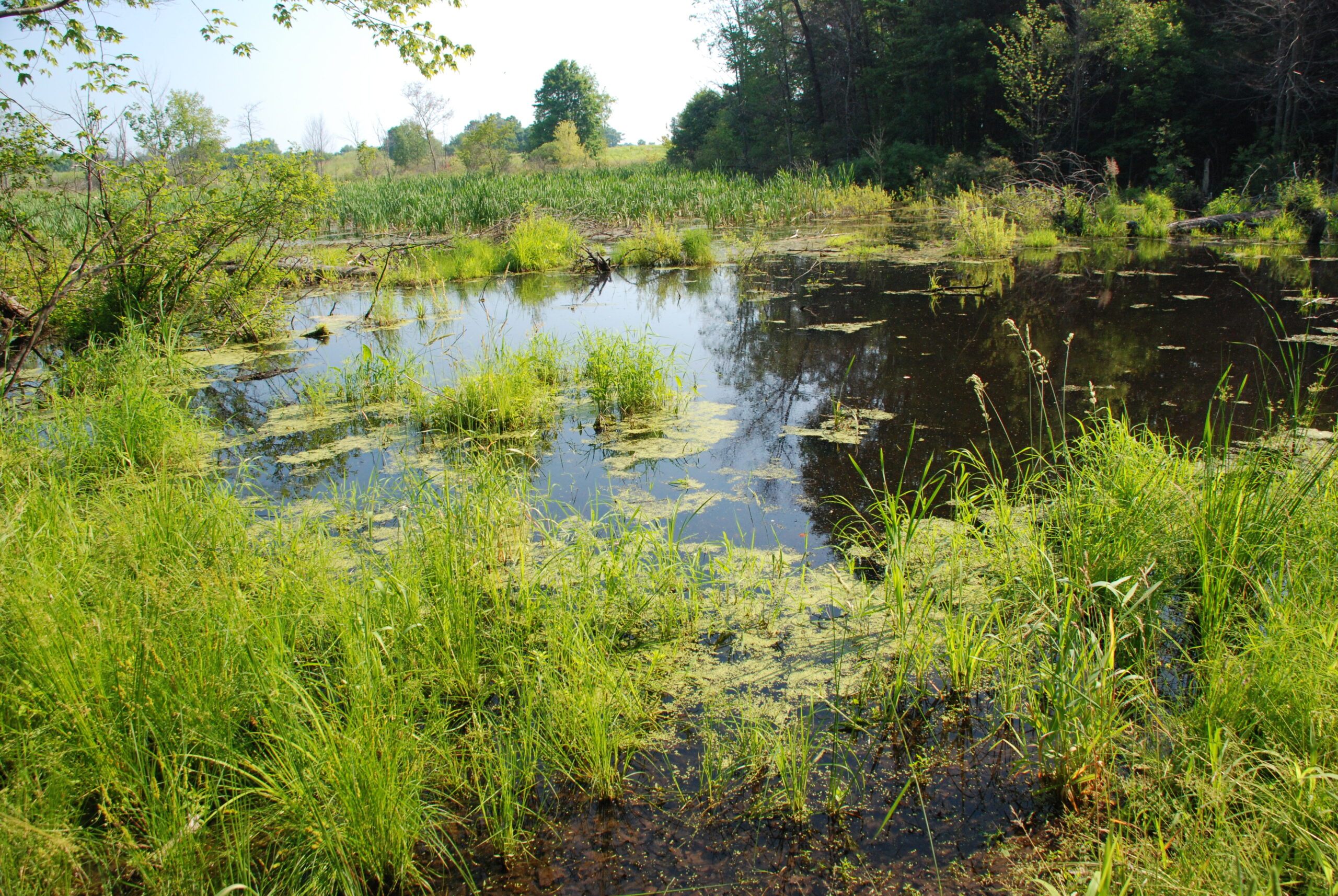
Many parasitic fly species are threatened by habitat loss and environmental changes. Wetland destruction, pesticide use, and climate change all pose significant risks to these specialized insects. Because they depend on specific snail hosts, the loss of either species can disrupt entire ecological relationships.
Conservation efforts are focusing on protecting the diverse habitats where these flies and their snail hosts coexist. This includes preserving wetlands, maintaining traditional agricultural practices that support biodiversity, and reducing pesticide use in sensitive areas. The interconnected nature of these relationships means that protecting one species often benefits entire ecological communities.
Future Research Directions
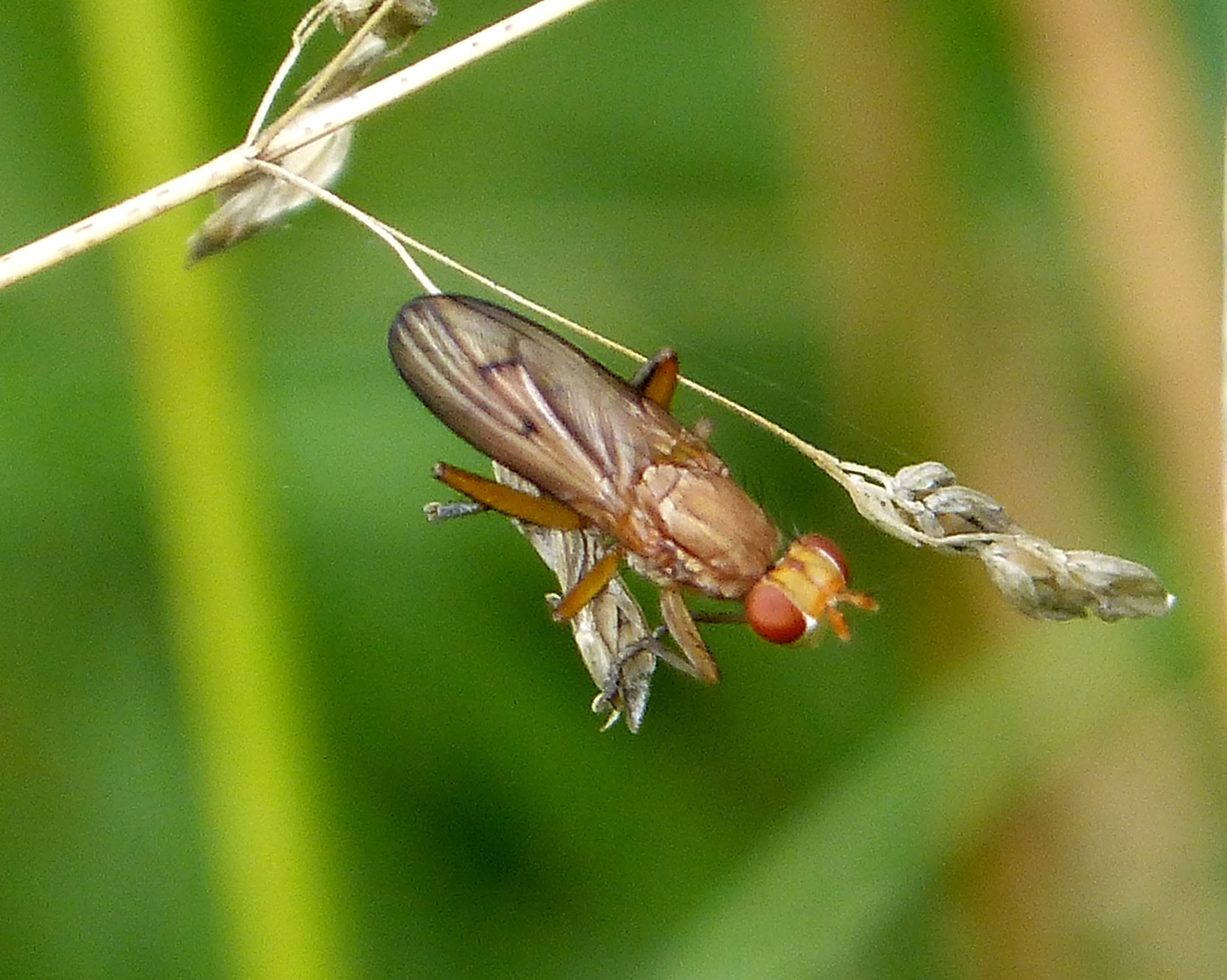
Scientists are exploring new frontiers in parasitic fly research, including the potential for using these insects in biotechnology applications. The precise mechanisms that allow flies to locate and parasitize specific snail species could inspire new approaches to pest control and medical treatments. Understanding how these flies manipulate their hosts might also provide insights into treating human parasitic diseases.
Advanced genetic techniques are revealing the molecular basis of host-parasite interactions, opening up possibilities for developing more targeted and environmentally friendly pest control methods. As our understanding of these relationships deepens, we may discover new ways to harness their potential for solving agricultural and medical challenges.
The Broader Implications for Nature

The relationship between parasitic flies and snails represents just one example of the countless intricate connections that exist in nature. These interactions remind us that ecosystems are far more complex than they appear on the surface, with each species playing multiple roles in maintaining ecological balance.
Understanding these relationships helps us appreciate the importance of biodiversity and the need to protect even the smallest and most seemingly insignificant species. The next time you encounter a snail in your garden, remember that it might be carrying passengers – tiny flies that represent millions of years of evolutionary innovation and adaptation.
The world of parasitic flies and their snail hosts reveals nature’s incredible capacity for innovation and adaptation. These remarkable insects have turned what might seem like a simple relationship into a complex biological partnership that affects entire ecosystems. From the precision of egg-laying to the intricate chemical communications that guide these interactions, every aspect of this relationship demonstrates the sophistication of evolutionary processes. As research continues to uncover new aspects of these fascinating creatures, we gain deeper insights into the interconnected web of life that surrounds us. What other hidden relationships might be happening right under our noses, waiting to be discovered?

